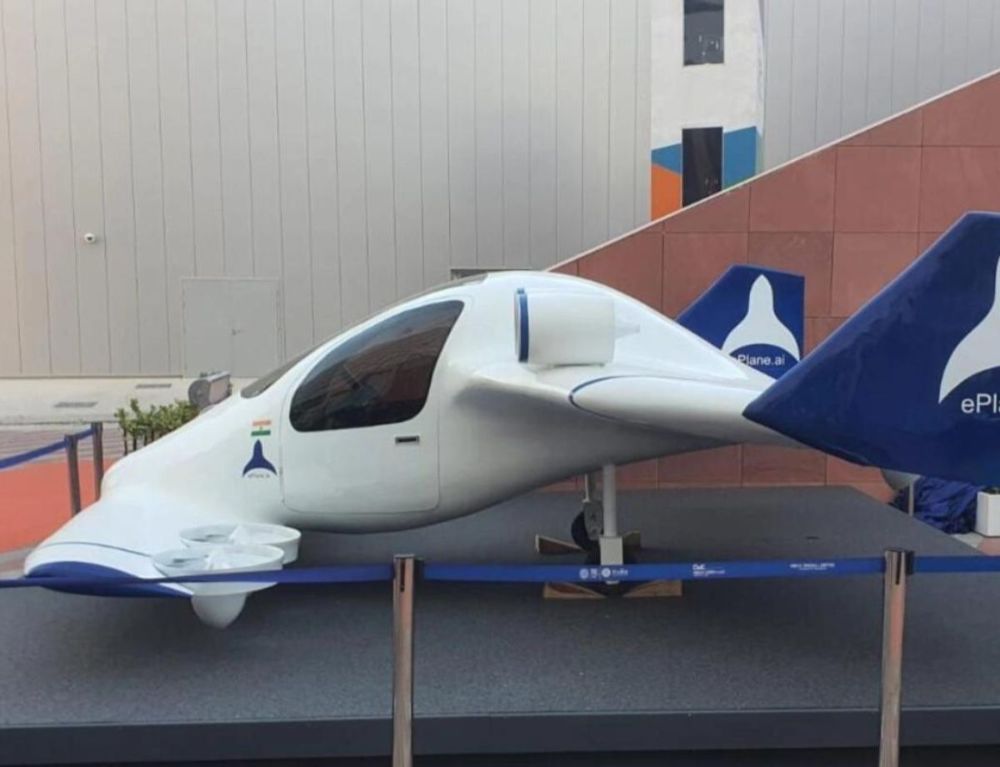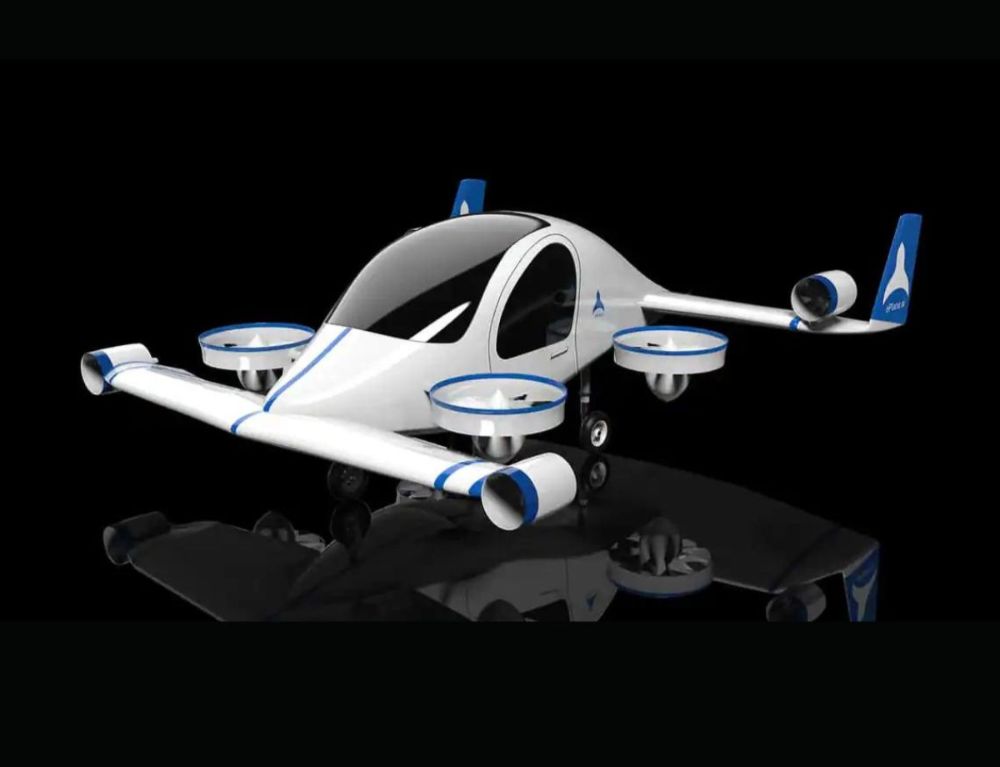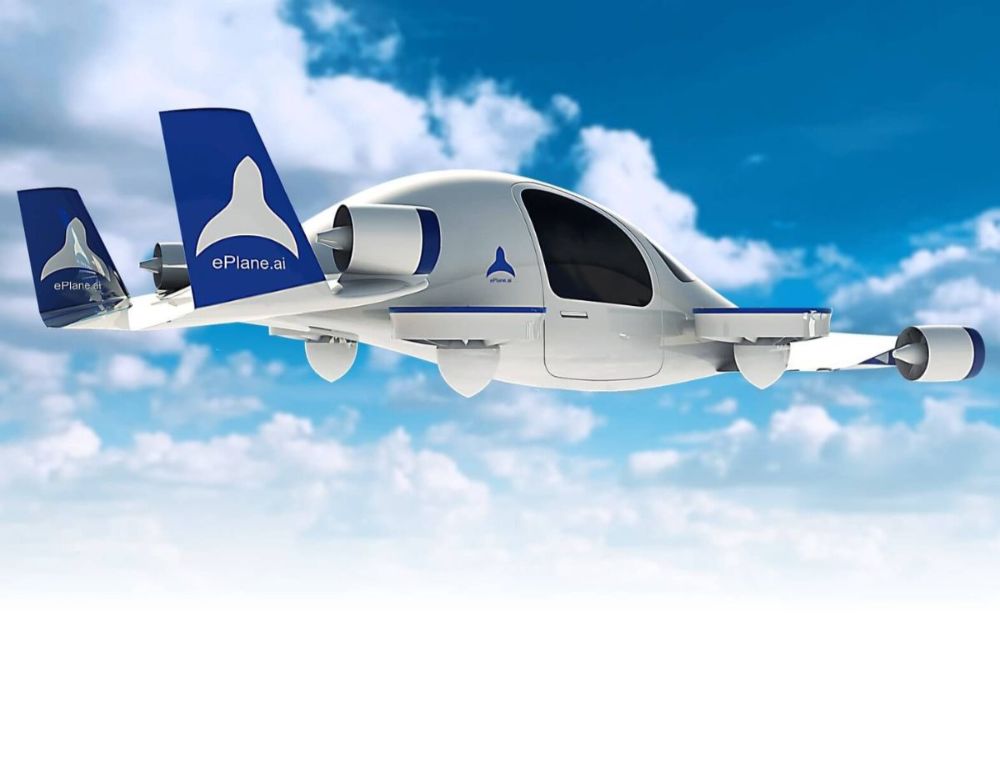Professor Satya Chakravarthy, the founder of ePlane Company and a distinguished professor of Aerospace Engineering at the Indian Institute of Technology Madras (IIT-Madras), recently highlighted the progress achieved in developing India’s first flying taxi — e200. In an exclusive interview with News18, Prof Chakravarthy addressed various aspects of the e200’s design, safety, regulatory considerations, and its potential impact on urban transportation.

The project embarked on a mission to overcome significant technical and logistical challenges to realize a compact, efficient aircraft capable of navigating the complexities of India’s bustling urban landscapes. Prof Chakravarthy said, “We had to make the aircraft very compact so that we can land in tight spaces, fly over crowded skies in India. We want to cover short distances multiple times over before we have downtime for charging the battery.”
Despite the formidable hurdles, ePlane has achieved significant milestones, including successful test flights of a subscale prototype, the e50. Professor Chakravarthy provided a glimpse into the timeline for completing the full-scale prototype and anticipated the maiden flight in October-November, marking a historic moment in India’s aviation landscape.
Ensuring passenger safety remains a paramount priority for ePlane, with Professor Chakravarthy explaining a multifaceted safety strategy designed to mitigate potential risks. He emphasized the rigorous adherence to stringent international standards, highlighting the need to showcase failure rates ranging from 1 in 10 million to 1 in a billion across various components and subsystems.

He underscored the comprehensive approach to reliability, emphasizing the importance of proving the aircraft’s ability to withstand extreme conditions and potential failures.
In detailing the safety features of the e200, the professor outlined multiple layers of redundancy aimed at safeguarding passengers in diverse scenarios. He emphasized the role of redundant systems, including emergency measures such as parachutes and inflatables, to ensure a soft landing in the event of an emergency. Additionally, he highlighted the integration of advanced technologies, such as vertical rotors and aerodynamic design principles, to enhance stability and control during flight.

Moreover, Chakravarthy addressed concerns regarding potential failures in critical components, emphasizing the aircraft’s ability to maintain lift and stability even in adverse conditions. He explained the redundancy built into the design, whereby both the wings and vertical rotors can independently support the aircraft’s weight, providing additional layers of safety in case of emergencies. By meticulously addressing potential failure scenarios and implementing robust safety measures, ePlane aims to instill confidence in passengers and regulatory authorities alike, ensuring the utmost safety and reliability of its flying taxi service.
